CAIRO – 14 December 2020: Each country in the world aim to produce a distinguished currency unique to its heritage and culture, depicting some of its landmarks or anything else the nation may be known for.
Egypt is no different. The Egyptian currency portrays images of some of Egypt’s landmarks and artifacts, whether it is Pharaonic or Islamic.
In the following lines, ET shed light on the pictures found printed on the Egyptian currency, which may also work as a daily hand-to-hand brochure of some of Egypt’s unique landmarks and artifacts.
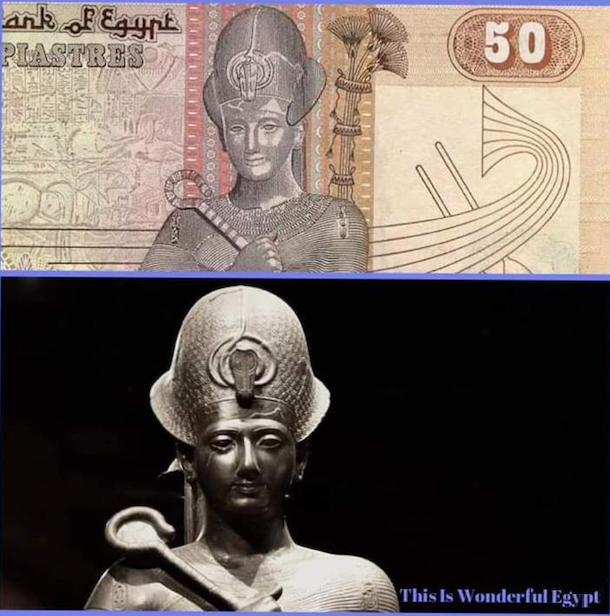
The beautiful statue printed on the 50 piasters note is for King Ramses II, also known as Ramses The Great. He was the third pharaoh of the Nineteenth Dynasty. The statue is located in the Egyptian Museum in Torino, Italy.
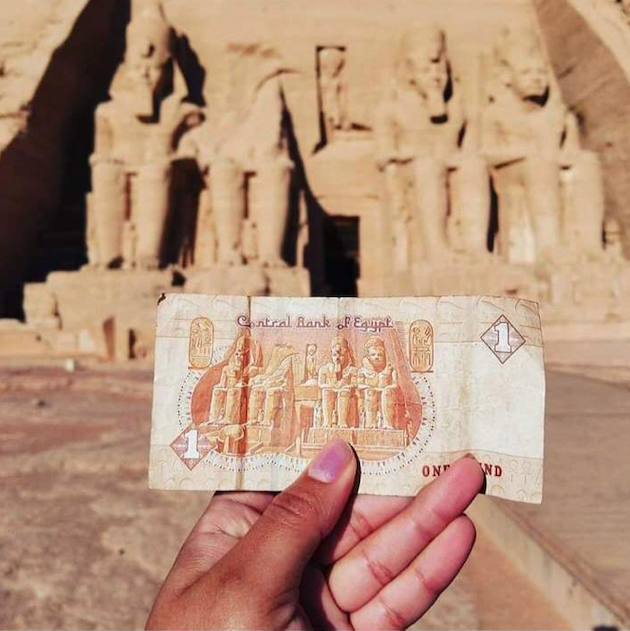
The dazzling temple shown in Egypt’s L.E 1 bank note is for Ramses II Temple in Abu Simbel Temples. It is one of the most beautiful and luxurious ancient temples in the world. The temple was built to commemorate Ramses II and his wife Nefertari during the 13th century BC. It is located in Aswan.
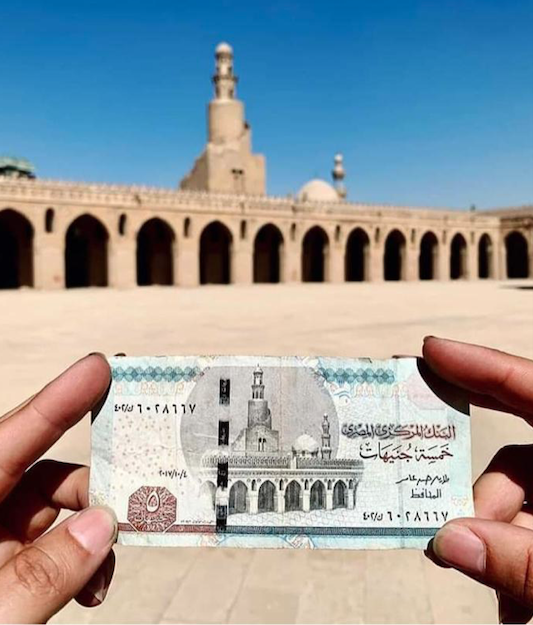
The picture printed on Egypt’s L.E 5 bank note is for Mosque of Ibn Tulun located in Cairo. It is one of the most important archaeological, architectural, religious and historical landmarks in Egypt.
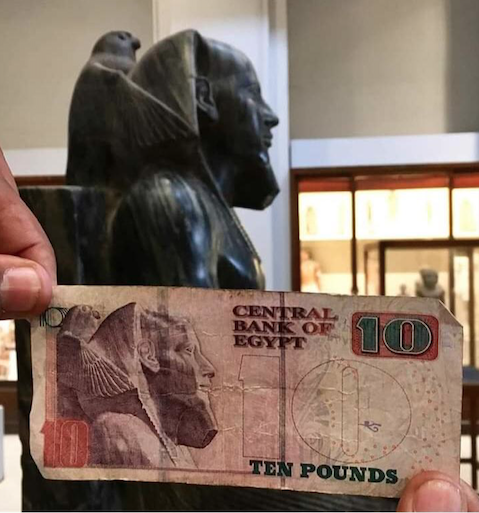
The statue printed on the top side of Egypt’s L.E 10 bank note is for king Khafre of the Old Kingdom. The statue is located in the Egyptian Museum.
King Khafre was the owner of the second pyramid of the Great Pyramids of Giza, one of the seven wonders of the world.
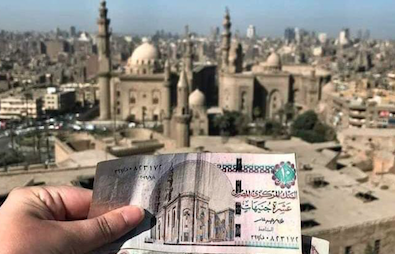
It is considered one of the most beautiful archaeological, architectural, religious and historical landmarks in Egypt and the world.
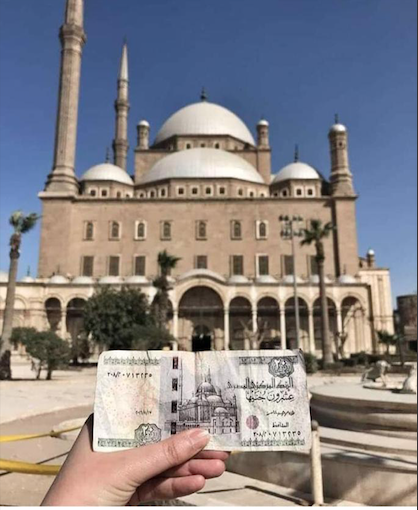
Egypt’s L.E 20 bank note reveals Mosque of Mohammad Ali or Alabaster Mosque. It is located in Egypt’s famed Citadel of Cairo.
The mosque was commissioned by Mohammed Ali Pasha between approximately 1830 and 1848.
It is one of the most beautiful historical mosques in the world.
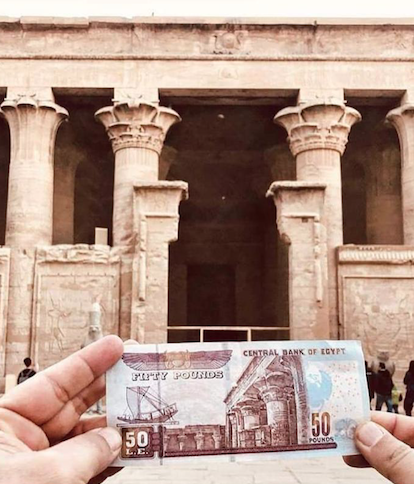
A picture of the dazzling Temple of Horus at Edfu is printed on Egypt’s L.E 50 bank note.
It is an Egyptian temple located on the west bank of the Nile in Edfu, Upper Egypt.
Edfu is located between Esna and Aswan.
The Temple of Horus at Edfu is one of the largest and most beautiful temples in ancient Egypt, and the second largest temple after Karnak Temple in Luxor
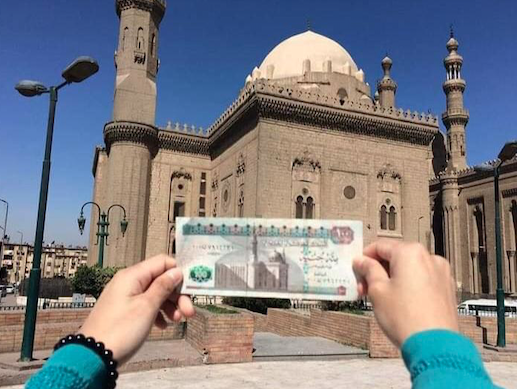
Egypt’s 100 L.E bank note shows the Mosque-Madrassa of Sultan Hassan. It is located in the historic district of Cairo, Egypt and was built between 1356 and 1363.
The mosque and school was built during the Bahri Mamluk period.
It is one of the most beautiful mosques in Egypt and the world, as it is an unparalleled artistic and architectural masterpiece.
It is considered one of the most important historical and archaeological Egyptian landmarks and a depositary model of Islamic architecture.
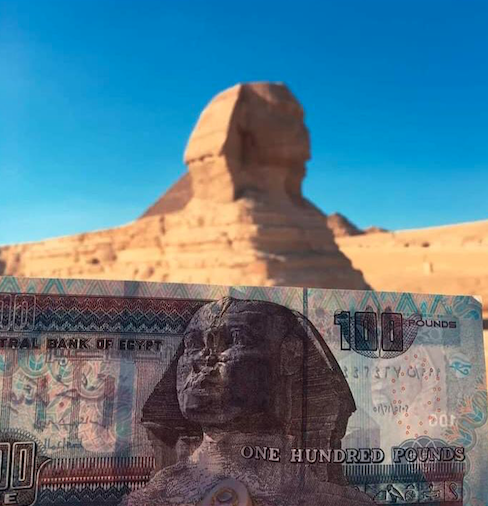
The other side of Egypt’s L.E 100 bank note reveals the Great Sphinx statue in Giza. It is the largest and most famous statue in the world.
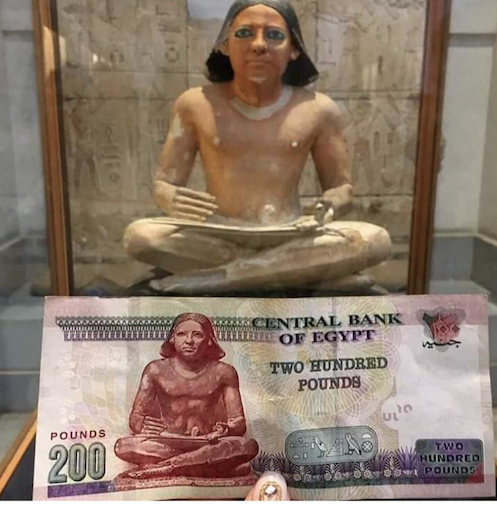
The L.E 200 bank note in Egypt portrays a statue of a sitting Egyptian writer located in the Egyptian Museum. The statue spans back to Egypt’s Old Kingdom.
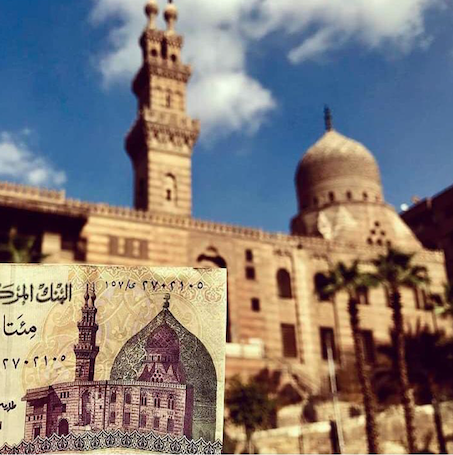
The other side of the Egyptian L.E 200 bank note shows Mosque of Qanibay al-Rammah in Cairo.
He was the Grand Master of the Horse during the reign of Sultan al-Ghuri who ruled Egypt between 1501 and 1516.
Comments
Leave a Comment